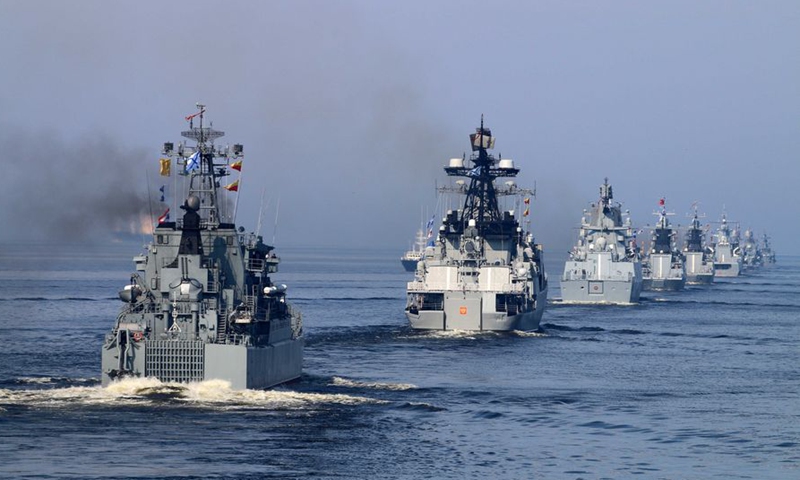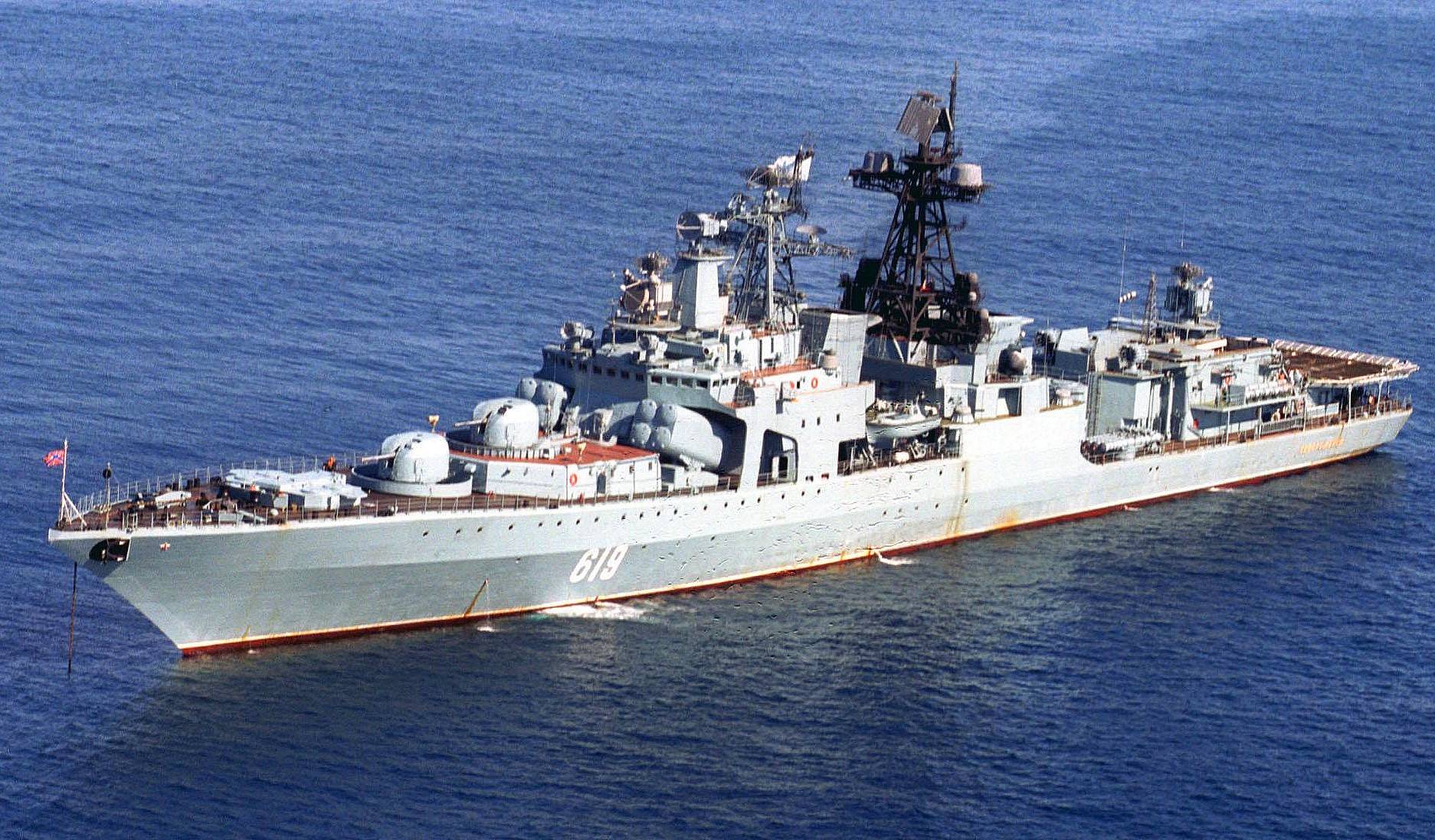

Russia’s financial circumstances will further impact its shipbuilding capacity. For example, Russia’s domestically produced M90-FR gas turbine engine generates 20MW of power – somewhat shy of the 35MW that would qualify it as a heavy duty gas turbine engine comparable to those on the Chinese Type 055. However, even where it has been able to adapt, Russia’s limitations are visible.
#Russian modern warships series
Russia still appears to be a frontrunner in fielding hypersonic cruise missiles on its vessels, and it has launched a series of domestically built gas turbine engines. Russia has shown a capacity to make up some lost ground and substitute for unavailable imports – its newer Gorshkov-class frigates utilise a new Poliment AESA radar as well as a sophisticated air defence suite. To be sure, we should not completely write off Russia’s capabilities. For example, it is generally accepted that newer Chinese radar systems such as the Type 346B AESA and the Type 382 PESA radar outperform Russian analogues – this despite the fact that China was a consumer of Russian technology and utilised Russian systems such as the MR-750 ‘Top Plate’ radar on the frigates and destroyers it built in the 1990s and 2000s. Finally, Russia may well be falling behind in its capacity to develop sophisticated components for future vessels. In addition to these longstanding weaknesses, after 2014 Russia lost access to facilities in Ukraine such as those at Mykolaiv which were central to the production of gas turbine engines. Other weaknesses of the shipbuilding ecosystem include ageing machinery – in 2013 It was estimated that roughly 70% of the equipment at Russian shipyards was obsolete – and ageing facilities. Idiosyncrasies in Russian shipbuilding practices – for example, the use of 8x2m steel sheets for construction – augment costs and delivery times further, causing workload increases of 50–60% relative to those shipbuilders who adhere to international practices. This is compounded by bloated corporate structures in entities such as Russia’s United Shipbuilding Corporation, leading to inefficient practices such as the use of shipyards to both produce tools and construct vessels (rather than merely the latter task, as in Western countries). Russian shipbuilders still construct vessels from the hull up – substantially increasing both construction times and costs.

Due to a combination of bureaucratic sclerosis and the lack of access to Western technology since 2014, Russian shipbuilders have not adopted practices such as the use of computer-aided design tools and the assembly of hulls from large prefabricated sections – practices that were adopted in the 1980s and 1990s in the West and which made shipbuilding significantly more efficient. This reflects several deficiencies in Russia’s maritime sector. By 2020, the Russian Navy had received just 33% of the frigates planned under Russia’s State Armament Programme for 2011–2020, and only 20% of the corvettes. The weaknesses of Russia’s naval shipbuilding sector have been visible even in the delivery of smaller, less complex vessels, and will be especially acute if Russia does pursue large surface combatants. Going forward, Russia is unlikely to replace this fleet, and its navy’s surface fleet will increasingly become a littoral force built around smaller surface combatants which operates close to Russian-held shores.ĭespite Russia’s ambitious naval policy and plans to field a new generation of destroyers, its shipbuilding industry has shown few signs that it can deliver on Russian leaders’ aspirations.

The event was also a watershed in another way, however: it marked another waypoint in the disappearance of the fleet of large surface combatants that was Russia’s inheritance from the USSR’s naval build-up overseen by Admiral Sergei Gorshkov. The sinking of the Slava-class cruiser Moskva garnered understandable international attention given its symbolic and tactical significance within the context of the ongoing war in Ukraine.


 0 kommentar(er)
0 kommentar(er)
